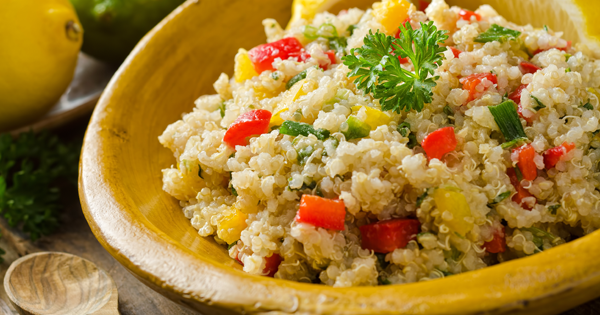Everyone can eat protein. Hopefully there won’t come a day when a “low-protein” diet is in style, because it’s indisputably one of our most important nutrients.
But if you don’t eat meat, you’re probably used to people telling you that you can’t get enough nutrients from plant proteins.
But these plant proteins have higher fiber content than their meat buddies, and they’re super-versatile.
Microalgae: this protein often goes by its much more health-food sounding name, spirulina. It’s full of nutrients and vitamins, but don’t rush out to replace all of your vitamins with it. It’s a good way to get protein along with other healthy protein sources. Use it in your green smoothies, but tame it with some coconut milk so you’re not overwhelmed by the flavor.
Pulses: This is just a fancy word for beans, peas, and lentils. Not only are they great sources of protein, but they’re also high in fiber and other important nutrients. They can reduce your risk of heart disease and certain cancers as well. They’re easy to work into all kinds of meals, but keep in mind that if you eat it before a workout, the high fiber content may mean you want to eat pulses at least two to three hours before. ##MN_RESP##
Quinoa: This one is pretty popular already, so you may already have it in your diet. Quinoa can go in just about anything, which is great since it’s full of protein, fiber, and it’s low-fat!
So next time someone tries to tell you it’s hard to get enough plant proteins, just name these three. And make sure you get enough of them in your diet!





